
How to make Swiss Meringue Buttercream
All the basics on Swiss meringue buttercream; how to make it, customize it, flavor it, color it, troubleshoot it and store it!







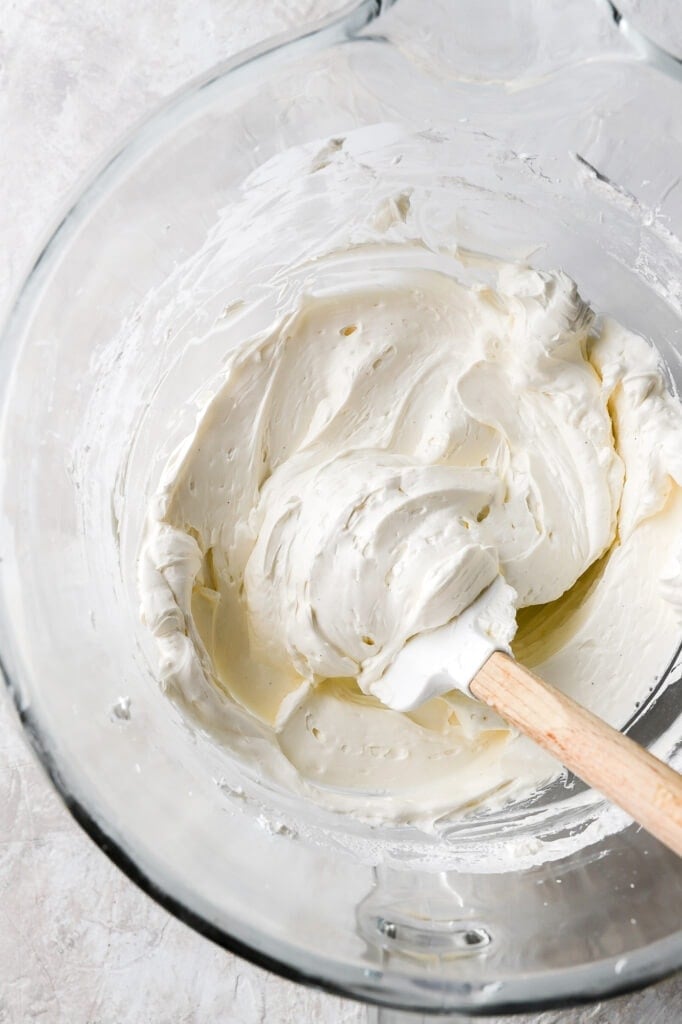
What is Swiss meringue buttercream
Swiss meringue buttercream is probably one of the most popular types of buttercream next to American. If you compare it to whipped cream or plain meringue, it’ll feel heavy but for a buttercream, it’s very light and fluffy while also being really stable.
The name comes from a small town in Switzerland called Meiringen. The Swiss meringue was developed there by a Chef named Gasparini. Then the method was used to make the buttercream.

How to make a Swiss meringue buttercream
Swiss meringue buttercream is made up of two parts, the meringue and the butter. The meringue is basically egg whites whipped with sugar. Then butter is beat in until it emulsifies into a smooth creamy and fluffy buttercream.
Main Ingredients:
- Egg Whites: it’s best to use fresh egg whites but I’ve also had success with aged egg whites, pasteurized carton egg whites, and aquafaba!
- Sugar: I typically make buttercream with granulated sugar but I’ve also successfully made it with super fine castor sugar, light brown sugar and dark brown sugar. If you’re using brown sugar, reduce the amount by 25%, which is 1/4 cup (50g) in this case.
- Butter: because there is so much butter in the recipe, I like to use unsalted butter. I’ve had success with commercial butter, European style and plant-based butters.
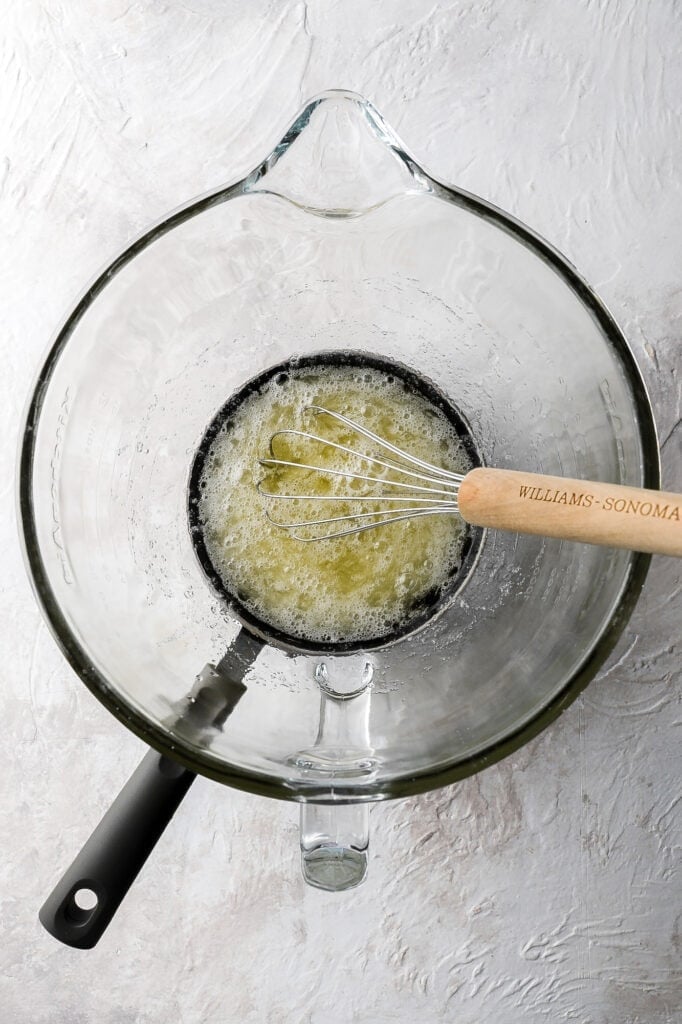
How to flavor the buttercream
If you’re used to American buttercream and have never made Swiss meringue buttercream, you’ll be surprised at how much it can hold. Instead of 1 tsp of vanilla, I usually do about 1 Tbsp per batch because you just can’t taste it as much as you can in American buttercream.
For one batch of Swiss meringue buttercream I usually do:
- Vanilla: 2 tsp vanilla bean paste or 1 Tbsp of vanilla extract
- Almond or Lemon Extract: 1 tsp (same with anything equally as strong)
- Chocolate chips – melted: 1/2-1 cup (3-6oz), depending how strong you want it
- Cocoa powder – unsweetened: 1/2 cup (40g), you can go up to 3/4 cup (60g) but that’s risky lol
- Nut butters – creamy not natural kind: 1/2-1 cup, depending on how strong you want it
- Coffee: 1 tsp of espresso powder or 1 Tbsp of instant coffee dissolved in equal amounts of water
- Jam/Preserves: 1/2 cup, or slightly more if it’s not super runny
- Freeze dried fruit – ground: 1/4-1/2 cup; I recommend this over jam/preserves because it has a lower water content so it is less likely to break the buttercream and it has a stronger flavor and color.
If you have any other flavors you’re questioning, comment below and I’d be happy to give a recommendation.

Troubleshooting Buttercream
Runny Buttercream
If your buttercream looks smooth but is really soft and runny, place it in the refrigerator for 20-40 minutes. Then scrape the bottom and edges of the bowl and beat it again at medium speed. If this doesn’t work, then refrigerate it longer, until the mixture is visibly thicker and feels more pasty, then beat it again.
Split/Curdled Buttercream
If the buttercream splits and looks curdled, like cottage cheese, it means the mixture didn’t emulsify because the temperature of the butter was either too cold or the meringue was still too warm. There’s a few different ways to fix this:
- Remove a few spoonfuls of the buttercream and place it in a heat safe bowl. Microwave the bowl until the mixture is warm and fully melted, about 30 seconds. Then turn the mixer up to medium speed and pour in the melted cream into the mixer bowl.
- Turn the mixer up to medium speed and use a culinary blow torch to gently heat the outside of the mixer bowl, moving it back and forth to evenly heat the buttercream. Do this until it emulsifies. This works much better with a metal stand mixer bowl rather than a glass or ceramic bowl.
- Place the entire mixer bowl over a double boiler and whisk until the mixture is melted. Once the mixture is fully melted and looks smooth and runny, then refer to the Runny Buttercream section.
What if it curdles only after adding flavors/other ingredients OR if the above recommendations don’t work?
I believe this happens when the water content is too high for the amount of fat in the recipe. This can happen if some eggs are larger than usual, if the butter has an abnormally high water content or if you’ve added too much of an ingredient like a jam or too much cocoa powder.
What I would do here is add an extra 1/4 cup of butter and beat it at high speed. You may still need to reheat it to get everything to the same temperature and then cool it again before beating.
If you’re having issues, DM me on Instagram @baranbakery and I’d be happy to help so you don’t waste a batch 🙂
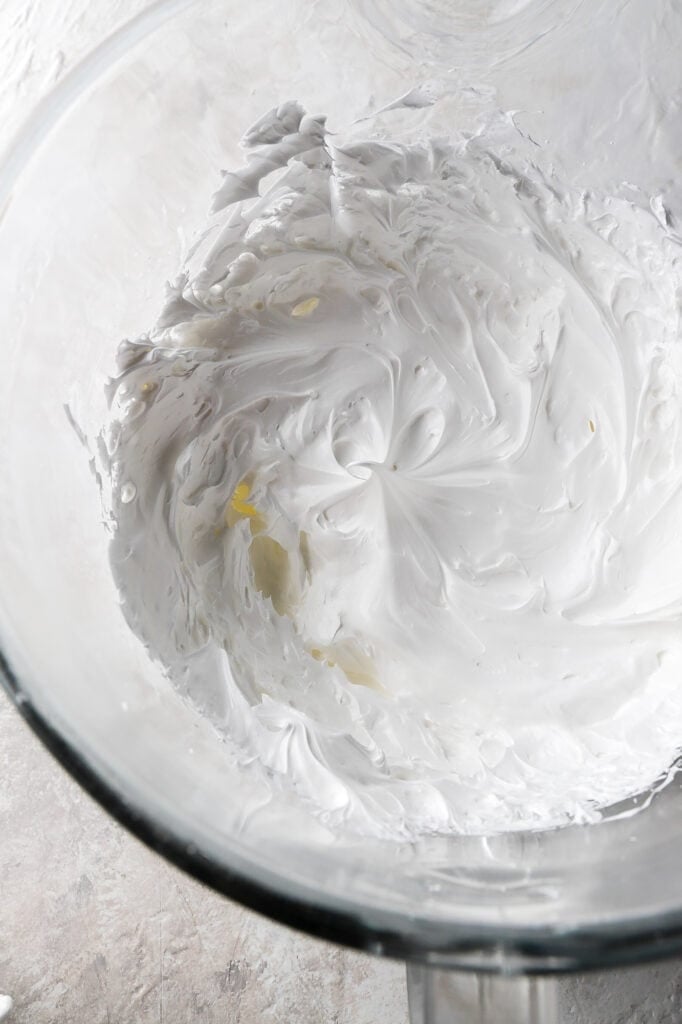
How to store buttercream
Swiss meringue buttercream can be made in advance and just rewhipped to a smooth consistency. Make sure to always store it in an airtight container.
Store at room temperature for 2 days, whether it’s in a container or frosted on a cake.
Store in the refrigerator for 7-10 days, in a container or frosted on a cake.
Store in the freezer for up to 3 months in a container or frosted on a cake. Make sure to double seal it if it’s frozen so you don’t get any frostbite.
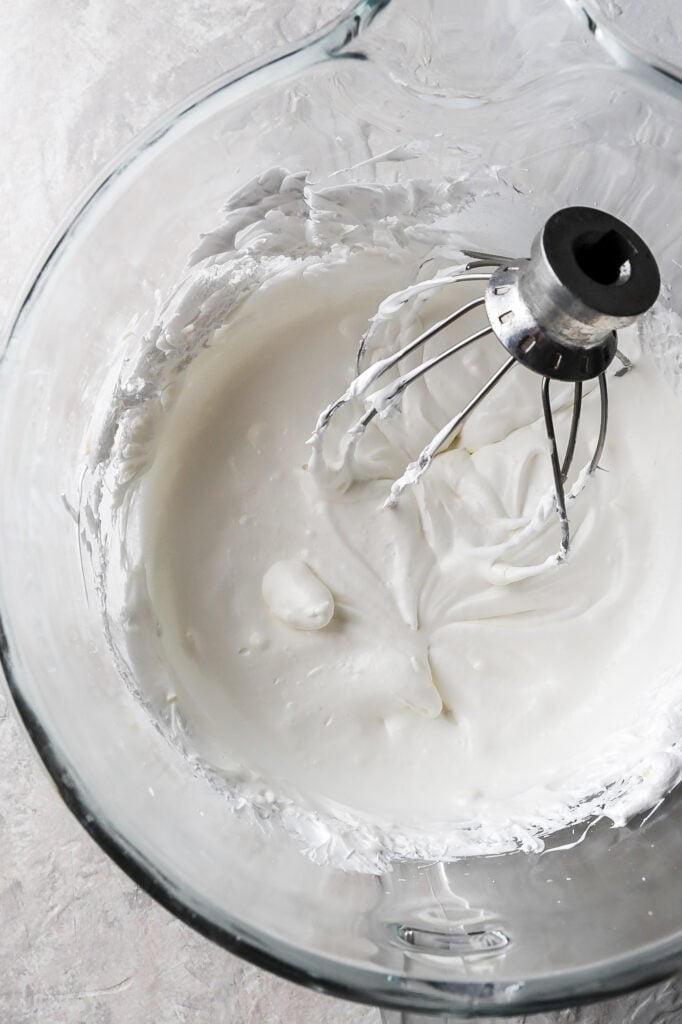
Frequently Asked Questions
I have successfully made this with plant based butter. I recommend Miyokos unsalted for now but I will continue to try other brands.
I’ve had success making this with aquafaba. I do 1/4 cup of aquafaba with 3/4 cup of granulated sugar to replace the meringue. I make it the exact same way I make a regular Swiss meringue.
YEESSS! I have tried this with the aquafaba and plant based butter together and it works BUT I don’t feel fully confident in it yet. It breaks kind of easily when you flavor it or if it’s not at the perfect temperature.
The recipe I used, if you want to try it is:
1/4 cup (59mL) aquafaba (cooked chickpea water)
3/4 cup (150g) granulated sugar
1 cup (227g) plant based butter
If I’m being totally honest, I also think it doesn’t taste good LOL. BUUUUTTTT I am not dairy free or vegan and don’t normally eat that so I think it’s a personal preference. It wasn’t necessarily bad but I think people who are already used to eating egg and dairy alternatives will like the taste more than other people.
I’ve had success making Swiss meringue buttercream with a sugar substitute. I used Splenda 0 calorie sweetener as a 1:1 substitute for the granulated sugar. Make sure to measure it in volume because weight is a lot lighter than regular sugar. Alternative sweeteners all have their own specific flavors that some people might find unpleasant but I don’t mind them.
If you want your buttercream to be white, I recommend using a more commercial butter that’s going to be more pale in color. The whiter the buttercream the easier it also is to color it accurately. If it’s slightly yellow, it’ll affect the end result so you’ll kind of have to play with it and see what you like.
Make sure to use a gel food coloring such as Americolor instead of a water based one.

Recipes that use Swiss meringue buttercream:
- Chocolate Chip Bourbon Caramel Cake
- Mocha Cake with Coffee Swiss Meringue Buttercream
- S’mores Cupcakes with Chocolate Swiss Meringue Buttercream
- Vanilla Bean Creme Brulee Cake
- Rhubaran Vanilla Cake
- Chocolate Chip Banana Cake with Peanut Butter Buttercream
- S’more’s Layer Cake with Homemade Fluff







Thanks so much for reading today’s post, if you have any questions just comment down below (in the comment section not the rating section).
If you love this recipe please leave a 5 star review and if not, please let me know why!
As always, have a blessed day and happy baking!
Love, B
Swiss Meringue Buttercream Recipe
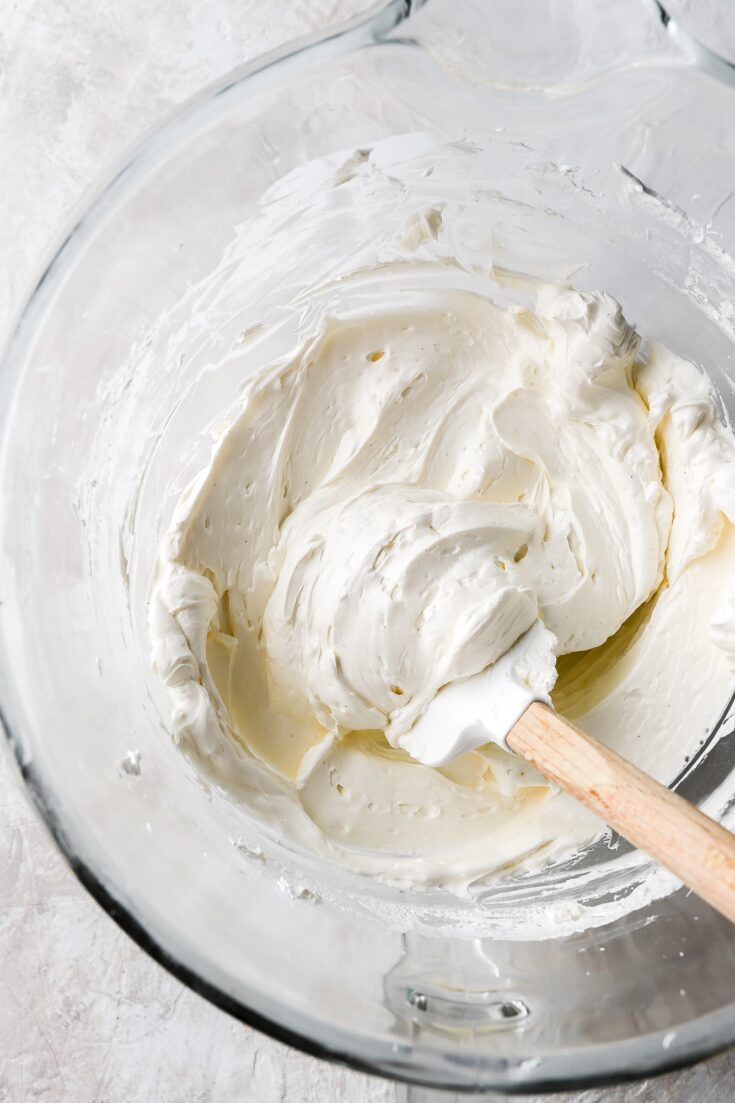
Super fluffy and creamy Swiss merinuge buttercream recipe.
Ingredients
- 4 large egg whites, room temperature
- 1 cup (200g) granulated sugar
- 1 cup (227g) unsalted butter, room temperature
- 2 tsp vanilla bean paste or vanilla extract
- tiny pinch of salt
Instructions
- Bring a small pot with 1/2 cup of water to a boil and lower the heat to simmer.
- Place the egg whites and granulated sugar in the bowl of a stand mixer and place the bowl over the simmering water for 5-10 minutes, whisking intermittently until the granulated sugar is completely dissolved.
- Once the sugar is dissolved, remove the bowl of egg whites from the heat. Use the whisk attachment to beat the egg whites with the sugar. Beat for 7-10 minutes on high speed and then lower the speed to low-medium.
- Slowly add 2 Tbsp of butter in at a time. Wait for the butter to incorporate before adding the next chunk. Once all the butter is added, turn the mixer up to high speed for a few seconds, until it comes together.
- Then use a rubber spatula to scrape the edge of the bowl. Add the vanilla bean paste (or extract) and salt and beat until it's fully combined.
Recommended Products
As an Amazon Associate and member of other affiliate programs, I earn from qualifying purchases.
Nutrition Information:
Yield:
3Serving Size:
1Amount Per Serving: Calories: 835Total Fat: 61gSaturated Fat: 38gTrans Fat: 0gUnsaturated Fat: 20gCholesterol: 163mgSodium: 126mgCarbohydrates: 68gFiber: 0gSugar: 67gProtein: 5g
Nutrition information may not be fully accurate.

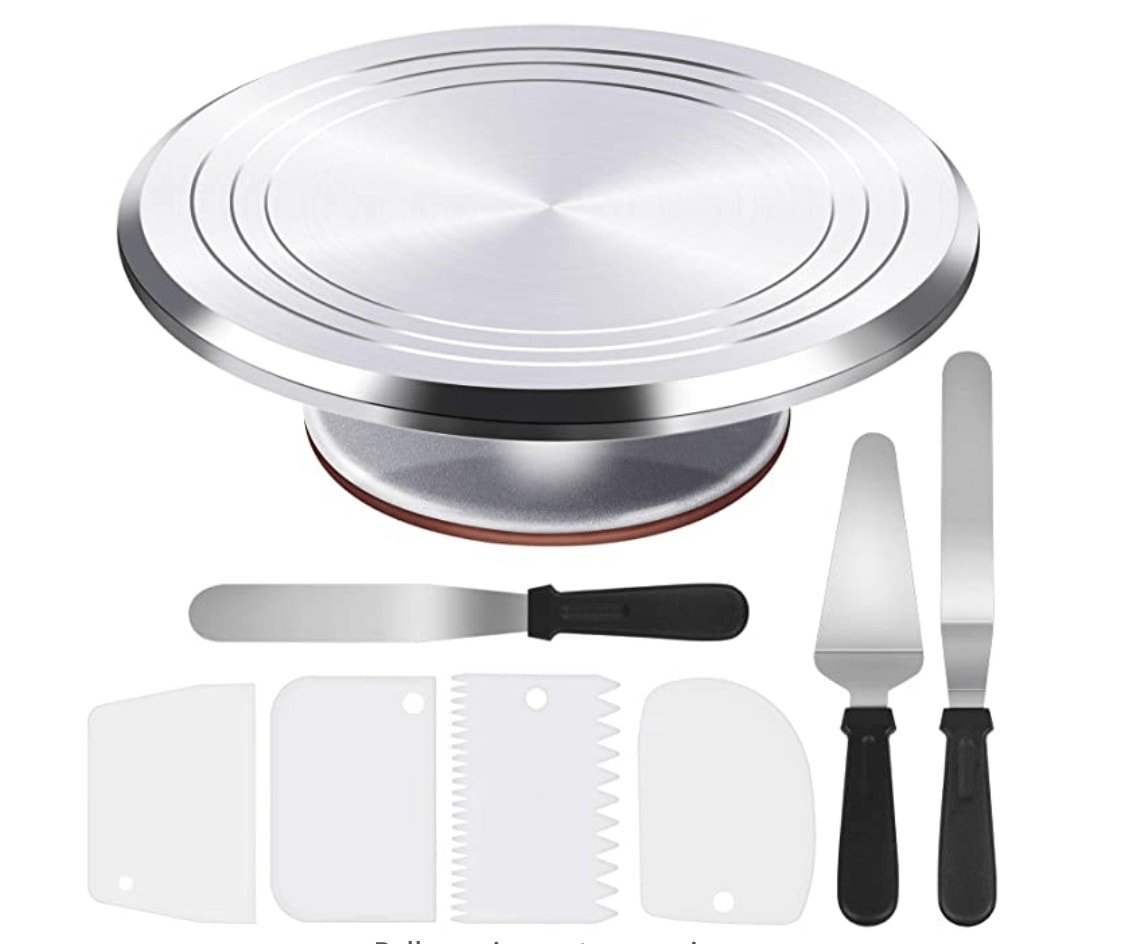
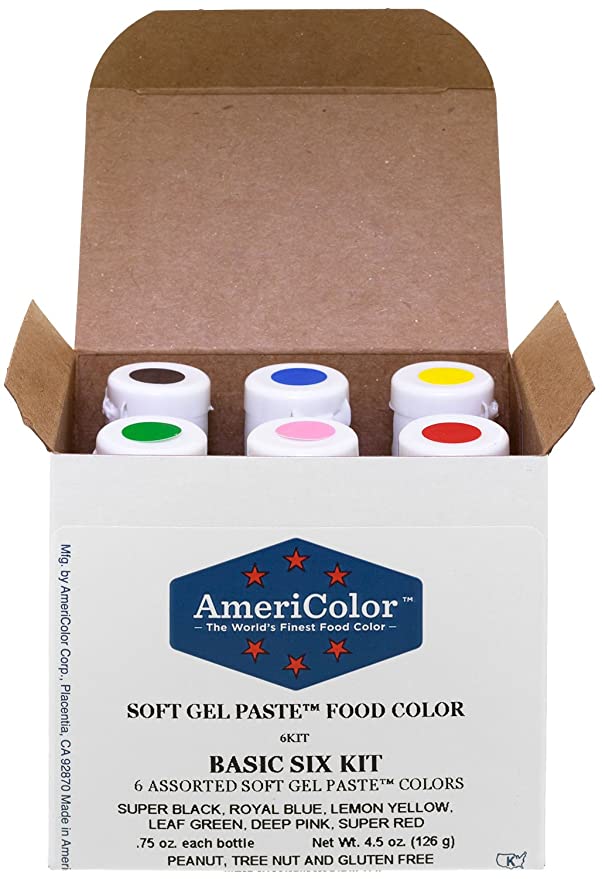
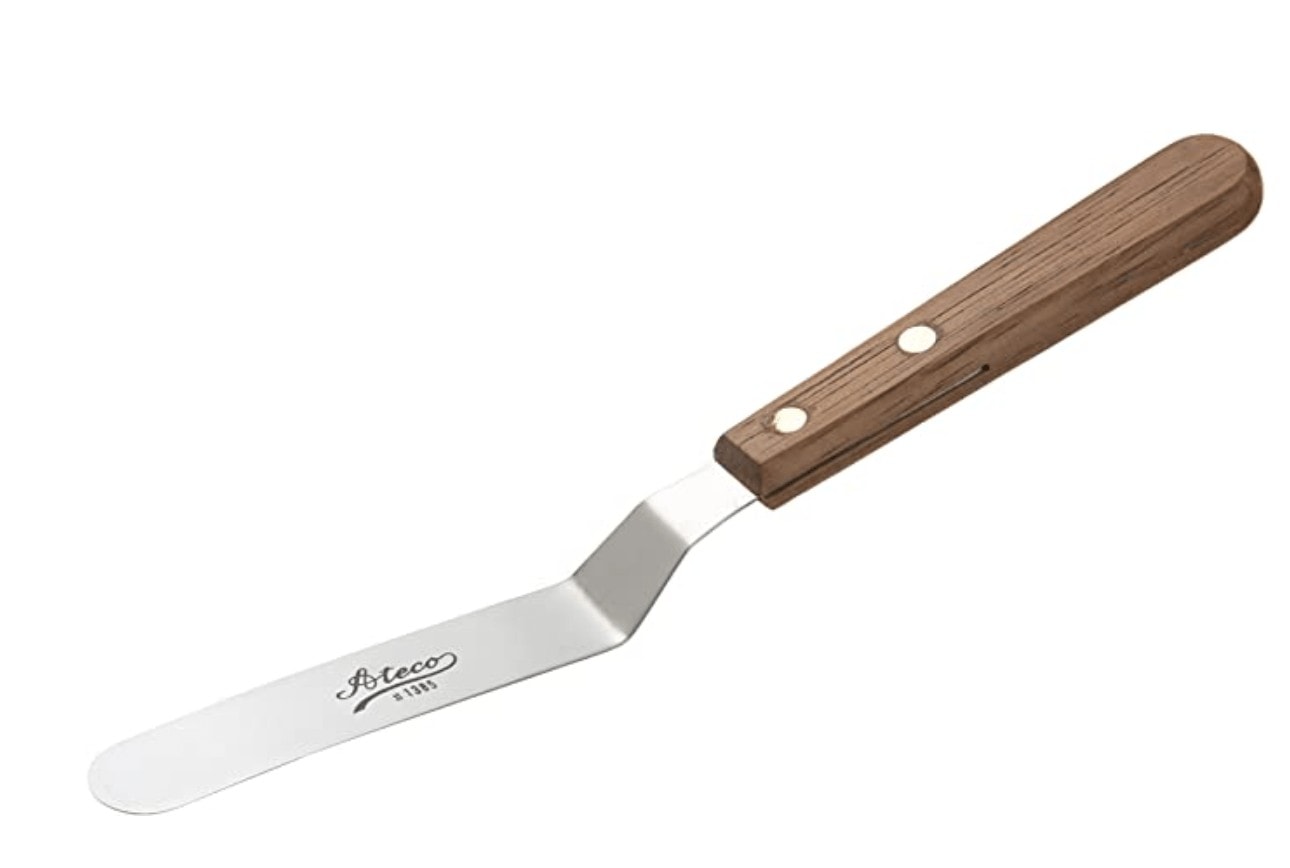
Hi! I’m looking for a dairy free version of Swiss meringue buttercream. Which plant based butter did you find worked best? Can I use stork? Thanks!
Hi Kirsten, I haven’t tested too many brands but I know Mykonos butter worked well for me 🙂
I haven’t worked with stork but if any butter you use has a higher water content or doesn’t come together as quickly as it should, try adding a 1/4 cup extra butter.
Is this frosting tastes smooth & light & fluffy?
Hi!!!
I’m kind of new into this world of baking and pastry. I live in Dominican Republic 🇩🇴. Our average temperature here all year long is about 30 Celsius degress (thats like 90 Fahrenheit degrees). Any recommendations to succeed using this buttercream in this conditions??
Thanks,
Francisco
Hi Francisco, that makes it really difficult to work with buttercream lol. I would recommend refrigerating the meringue before adding the butter, make sure it’s not warm at all. Then make sure your butter is soft but not greasy when adding it in. I would also refrigerate it periodically while working with it.
I very much appreciate how you’ve broken down every step. I’ve not tried your recipe yet, but I am for sure bookmarking this page so I can refer to it in the future. I’ve been making SMB for a couple of years now and have wasted a few batches, wish I’d found you sooner! Lol. 💕 thank you for sharing your knowledge.
Have you tried it with cake batter flavoring? So yummy! Add some sprinkles and it’s birthday cake! Yum!
(I thought I was leaving a comment but made a review, so I figured I’d make it a comment also.)
haha no worries, I hope this recipe works for you. I’ve never not been able to salvage a batch so if you have any issues or questions, let me know!
I read a chocolate peppermint cake frosting with white chocolate pudding in it but I can’t find it . Do you know anything about it ?
I have a chocolate peppermint cake with white chocolate frosting but there’s no pudding in it
https://baranbakery.com/chocolate-peppermint-cake/
I love to bake cakes & plan to try these recipes very soon. Have wanted the Buttercream recipes for a long time. Thank you very much.
Hi there! Would you recommend juice or zest for citrus flavors such as lime, tangerine or blood orange? I’ve tried using orange extract and it leaves a slight aftertaste, in my opinion. 🙁
Hi! I would probably do both because it’ll be hard to get the flavor through. I’d probably do 2-3 Tbsp of juice and zest of 1-2 lemon/limes/orange. Just remember that if you do the zest, the buttercream won’t be super smooth, it’ll be speckled, obviously. 🙂
you can also try a citrus curd, about 1/4-1/2 cup depending on how runny/strong it is.
What’s the easier way to make butter meringue whipp frosting